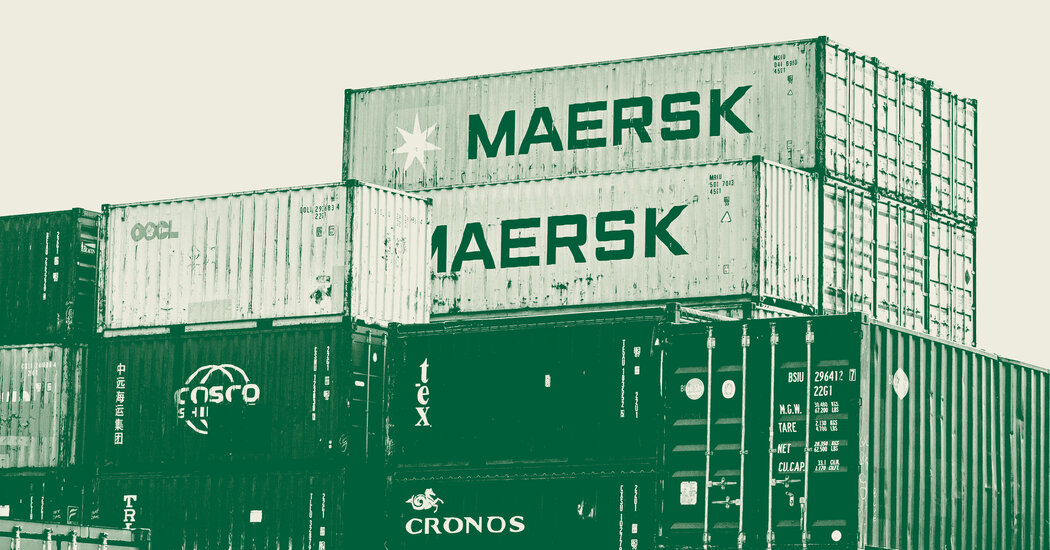In thinking about the broad trends, I think trade is a secondary or tertiary thing. It’s more of a positive than a negative. In terms of evaluating those trends, if I roughly group the United States into blocks of a quarter-century, the best quarter-century was 1950 to 1975 — very rapid income growth, not much inequality. The second best was 2000 to 2025, where we had the second-most-rapid income growth and ambiguous inequality. And the worst, by far, was 1975 to 2000, which happens to be the period before the rise of China and most of the period before NAFTA as well. That’s when you saw a real explosion of inequality and a real stagnation of wages at the bottom.
Leonhardt: So maybe to try to wrap up this part of the conversation: I think I hear you saying, “Look, whatever big economic problems we have in this country, for people of lower incomes and middle incomes, too, trade isn’t causing them. In fact, trade, on the net for most Americans, really has been positive, and we shouldn’t blame trade for other problems that we have.”
Furman: Yes, I think things are getting better economically. Incomes rising, different measures of inequality — that’s unclear. They’re not getting better as fast as they were in the past, but we are making progress. And yes, trade is helping with that progress, not hurting it.
Leonhardt: OK, so we’ve been talking about the benefits. Let’s talk a little bit about the costs. Academic research has shown that trade with China alone appears to have cost more than two million jobs in the 2000s. When economists talk about that, they say, “Look, trade is always going to have winners and losers.” How do you think about the real costs of trade? And how could we have done a better job in helping people who have borne the brunt of the costs of trade?
Furman: So that two million number came from a very influential paper. It was terrific, but it was the beginning of a long literature. They only studied the gross job changes, and let’s put them in perspective: Over that period, 2 million out of 250 million people were laid off or discharged from their jobs. So you’re talking about less than 1 percent of the job loss was due to trade. They didn’t study the ways in which expanded trade with China increased our exports, and they certainly didn’t incorporate the price effects and the consumer side. So take all of that together — I think it’s completely plausible that the net effect of trade on manufacturing jobs was roughly neutral over the last 25 years.


